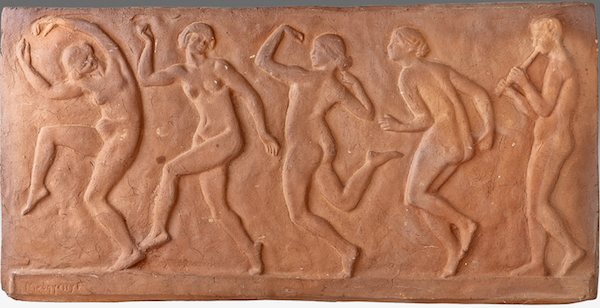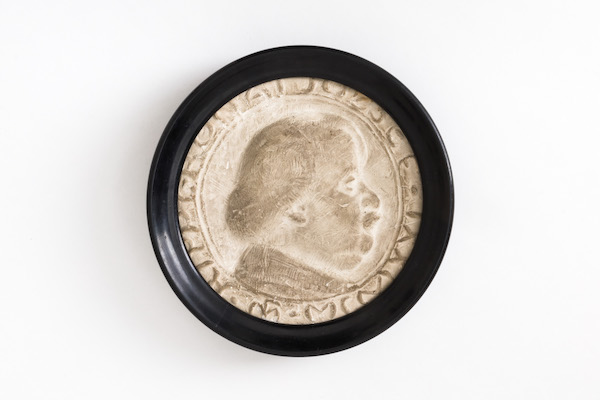Biography
Between 1899-1905 he studied at the University of Medicine in Budapest. Between 1905 and 1907 he trained in Paris at the Julian Academy, Colarossi, the Grand Chaumière Free School and the Academie des Beaux-Arts. His masters were J. P. Laurens and J. C. Chaplain. In 1909-1910 he studied in Paris and Florence. From 1911 until his death, he lived in the Artists' Residence on Százados Street. From 1915 to 1917, he was a soldier doctor on the Galician front, and also made military tombs. In 1919 he was a teacher at the Proletarian Art Workshop. From 1913, he was a member of the Mayolica and Clay Artists' Plant in Hódmezővásárhely. Between 1910 and 1914 he was a member of the Budapest Artists' House and between 1924 and 1927 of the Debrecen Artists' House. He was a founding member of the New Society of Artists and the Ady Society in Debrecen.
In 1910 he arrived home and started his activities with a steady programme, from which nothing could distract him. He knew what he had to do, what he had to follow in order to develop an individual style. He considered the simplicity and monumentality of ancient oriental art to be the aesthetic norm, and he followed it in his art. His stone sculptures are characterised by monumentality, simplicity and composition in a single view. The mythological figures, themes and technical solutions of Etruscan, Roman and archaic Greek art are evoked in the reliefs of the Swan of Leda, the Three Graces and the Dancers. The creator, the working man, the representation of work was a major theme in Medgyessy's art, which is full of humanity. His 1913 Scrubbing Woman also contains social criticism. He was a pioneer in the field of monumental sculpture, also one of our pioneering sculptors in the depiction of horses and horsemen. His Little Horseman (1915) and its 1922 version, as well as the Rider on the Riding Horse, marked a break with the neo-baroque spirit.
He dedicated his life's work to a single goal: to create a uniquely Hungarian sculpture. He succeeded in this endeavour. His works, based on the experience of ancient art, show how national character can be incorporated into art. His sculptures are always based on the pillars of his craft.He built his oeuvre consistently, and he made his faults a part of his personality, a virtue. He had the courage to make only sculpture, and the strength to use only the means of fine art. The new sculptural way of thinking gives his art its modernity and universality. He was one of the innovators of Hungarian sculpture, and his efforts were linked to the French Maillol and Despiau. His small sculptures have a space-stretching power, which is why his depictions of dancing and mother and child were suitable for enlargement and later for public execution.


